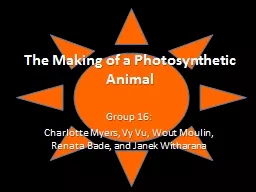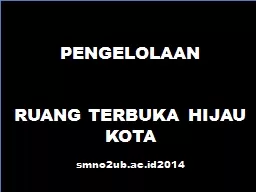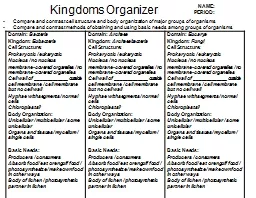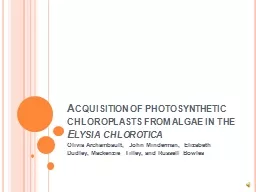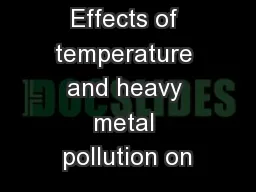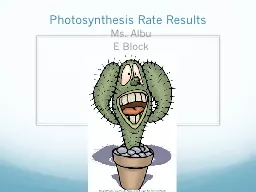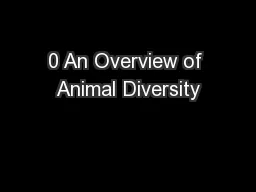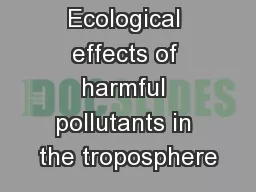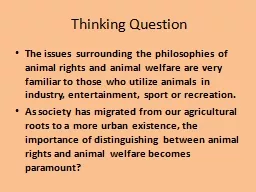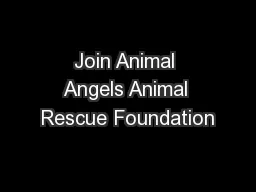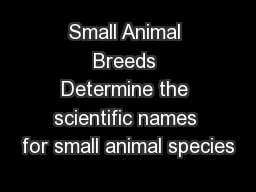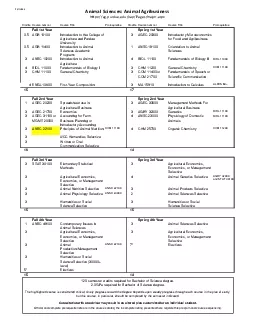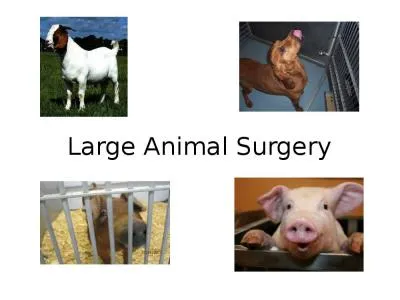PPT-The Making of a Photosynthetic Animal
Author : luanne-stotts | Published Date : 2018-03-10
Group 16 Charlotte Myers Vy Vu Wout Moulin Renata Bade and Janek Witharana Introduction Can animals be photosynthetic Elysia chlorotica Sea Slug Vaucheria litorea
Presentation Embed Code
Download Presentation
Download Presentation The PPT/PDF document "The Making of a Photosynthetic Animal" is the property of its rightful owner. Permission is granted to download and print the materials on this website for personal, non-commercial use only, and to display it on your personal computer provided you do not modify the materials and that you retain all copyright notices contained in the materials. By downloading content from our website, you accept the terms of this agreement.
The Making of a Photosynthetic Animal: Transcript
Download Rules Of Document
"The Making of a Photosynthetic Animal"The content belongs to its owner. You may download and print it for personal use, without modification, and keep all copyright notices. By downloading, you agree to these terms.
Related Documents

